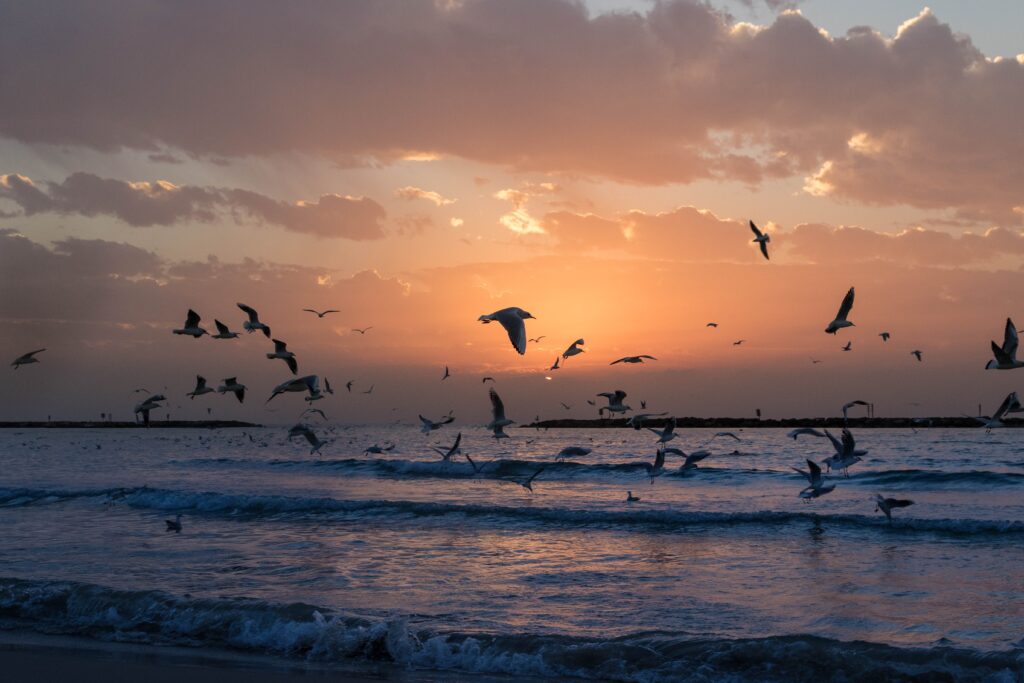
On February 15, the European Union (EU) banned lead-shot ammunition in wetlands across all thirty European and Scandinavian countries. There will be a 2-year grace period to prepare for the ban accordingly. The ban will protect waterbirds from ingesting lead pellets from ammunition rounds. Anyone within 100 meters (328 ft.) of any wetland must use non-toxic ammunition. Anyone carrying a lead shot within 100 meters of a wetland will be presumed guilty of wetland shooting; unless proven otherwise.
New Regulation
This regulation has been in the works since 2015 when the EU Commission asked the European Chemicals Agency to submit a report on how a lead ammunition restriction would reduce lead found in wetlands for waterbird hunting. This ban is consistent with the EU’s Registration, Evaluation, Authorization, and Restriction of Chemicals (REACH) regulation and the African-Eurasian Migratory Waterbirds Agreement (AEWA) push towards restricting lead ammunition in wetlands.
Waterbirds & Lead Poisoning
Lead is highly toxic to humans and animals when ingested in chronic amounts. Waterbirds are susceptible to lead poisoning because they mistake lead pellets for food or gravel, which they need to digest food. Once lead enters the bird’s gizzard (loons, ducks, geese, and swans) or ventriculus (eagles), it dissolves and absorbs into the bodily tissue. Treatment for lead poisoning in waterbirds is possible if caught early enough. However, most cases of lead poisoning go unnoticed and untreated. Over one million waterbirds die of lead poisoning in the EU each year.
Lead accumulation in waterbird populations presents another concern for waterbirds and humans. Accumulation can cause impacts on physiology, population growth, and reproductive rates in waterbird populations with direct exposure to lead. The exposure pathway can continue through raptors or scavenger species that prey upon waterfowl exposed to lead. Exposure can even reach humans if they forage with lead ammunition.
What about the U.S.?
Similar regulations have been passed in the United States to protect waterfowl and wetlands. In 1991, the U.S. Code of Federal Regulations (CFR) issued a nationwide ban on lead-based ammunition for waterfowl hunting. The regulation permits alternative ammunitions, including ammunitions made of bismuth, steel, and tungsten alloys. This past fall, the U.S. Fish and Wildlife Service issued their 2022-2023 hunting season rule. In this rule, they stated that their National Wildlife Refuges will prohibit or propose a ban on lead ammunition by 2026. A handful of their Refuges have already banned lead ammunition.
Since the U.S. ban in 1991, the number of deaths from lead poisoning in waterfowl has significantly decreased. Some states have expanded on this ban to restrict the use of lead tackle gear. Europe’s new lead shot ban is a tremendous stride toward wetland and waterfowl protection. They hope that once this ban is set in place after the grace period, over one million waterbirds will be spared from lead poisoning in the European Union.
Sources
Bird Life International. (2023). Press release: Lead ammunition finally banned from wetlands across the EU. Retrieved from https://www.birdlife.org/news/2023/02/14/press-release-lead-ammunition-finally-banned-from-wetlands-across-the-eu/
Chudzik, M. (2022). USFWS issues new lead ammunition rules on wildlife refuges. The Wildlife Society. Retrieved from https://wildlife.org/usfws-to-enforce-new-lead-ammunition-rules-on-wildlife-refuges/
Federation of Associations for Hunting and Conservation of the EU. (2022). New regulation proibiting lead shot over wetlands takes effect from 15 February 2023. Retrieved from https://www.face.eu/2022/11/new-regulation-prohibiting-lead-shot-over-wetlands-takes-effect-from-15-february-2023/
Michigan Department of Natural Resources. (n.d.). Lead Poisoning. Retrieved from https://www.michigan.gov/dnr/managing-resources/wildlife/wildlife-disease/lead-poisoning
Pain, D. J., Mateo, R., & Green, R. E. (2019). Effects of lead from ammunition on birds and other wildlife: A review and update. Ambio, 48, 935–953. Retrieved from https://link.springer.com/article/10.1007/s13280-019-01159-0#citeas
Wildfowl and Wetlands Trust. (n.d.). Tackling lead ammunition poisoning. Retrieved from https://www.wwt.org.uk/our-work/projects/tackling-lead-ammunition-poisoning/
Wildlife Futures Team. (2021). Lead Poisoning. University of Pennsylvania. Retrieved from https://www.vet.upenn.edu/research/centers-laboratories/research-initiatives/wildlife-futures-program/resources/fact-sheets/fact-sheet-detail/lead-poisoning#:~:text=Waterfowl%20suffering%20from%20lead%20poisoning,walk%2C%20coma%2C%20and%20death.
